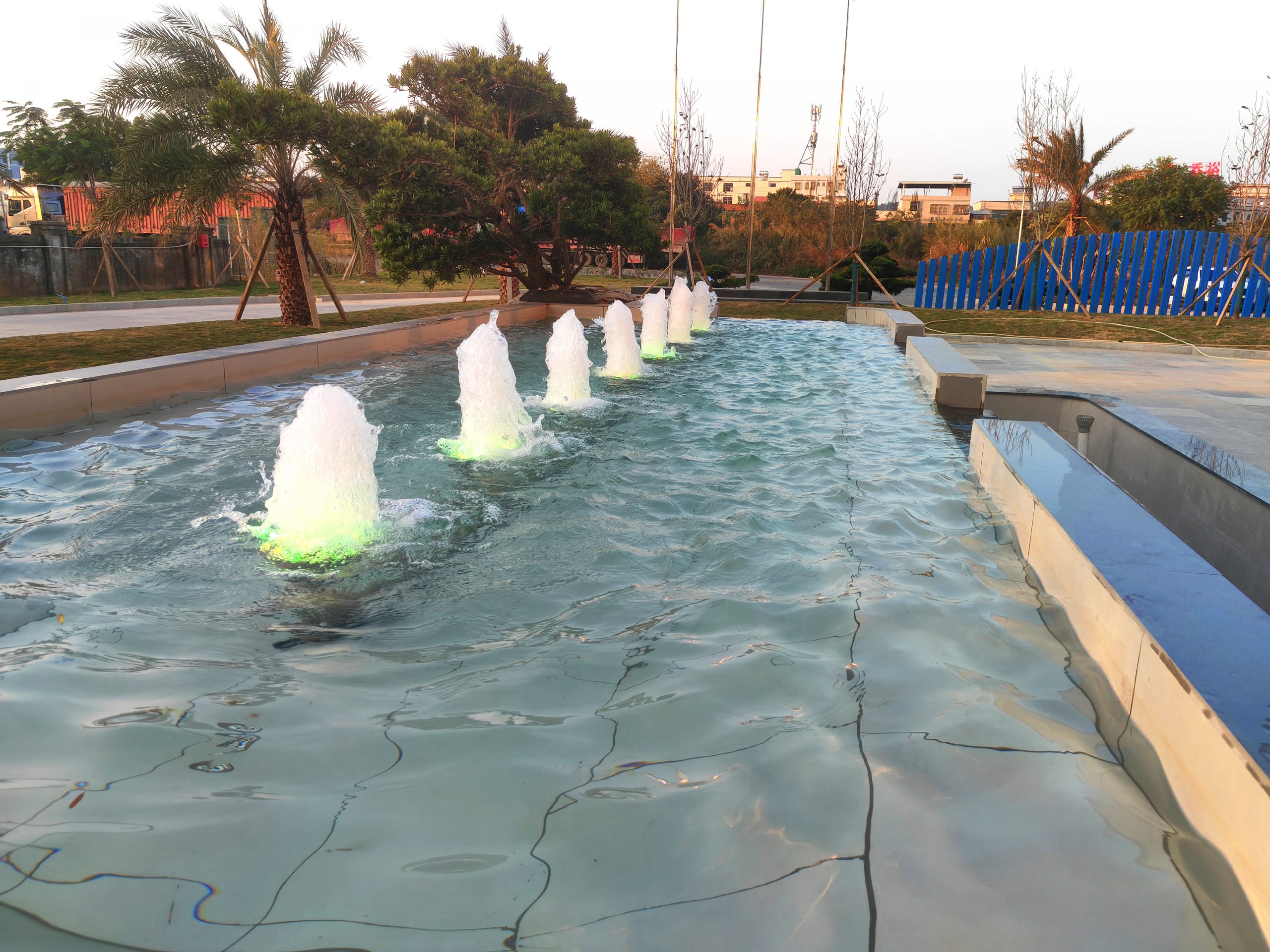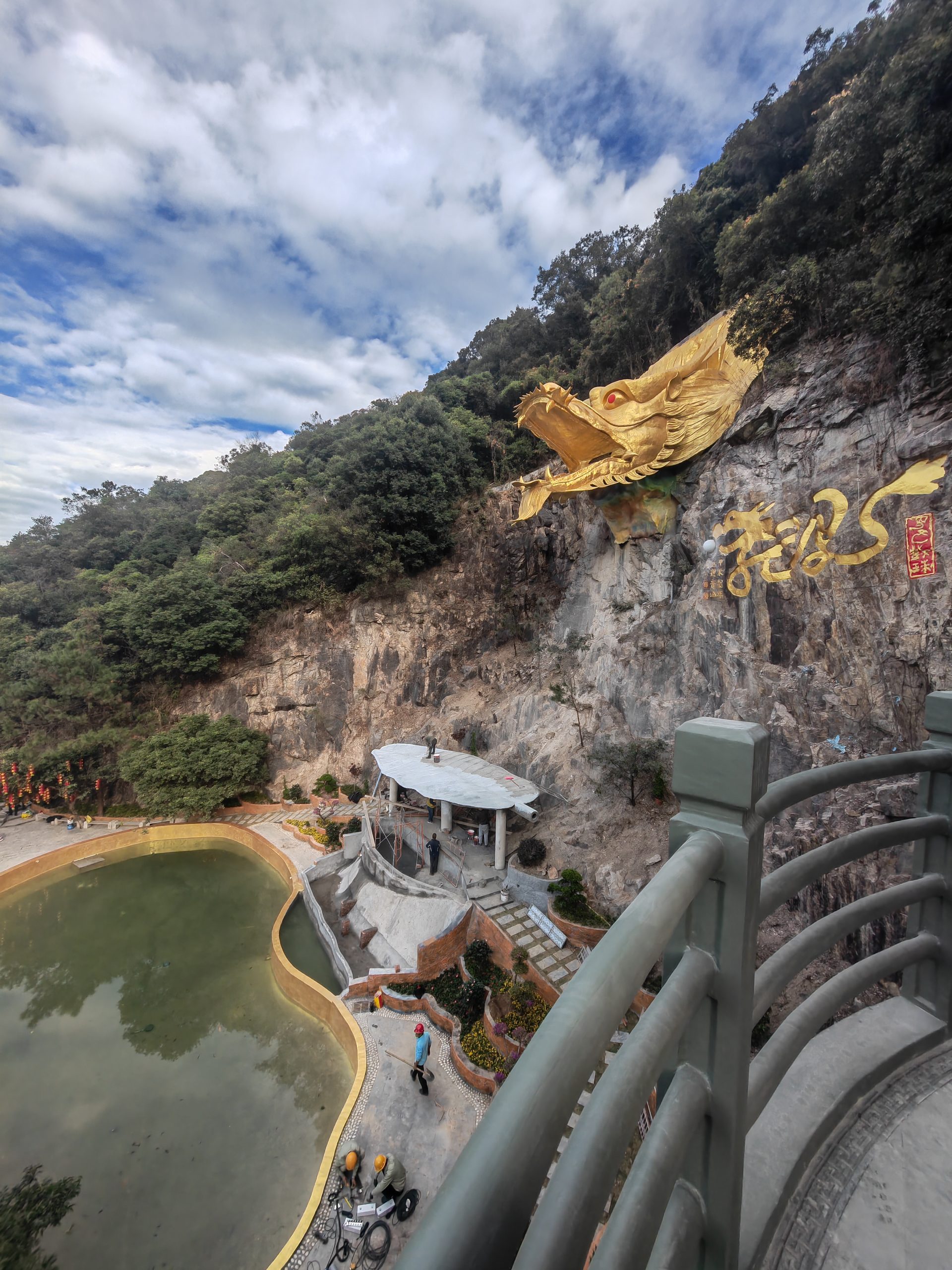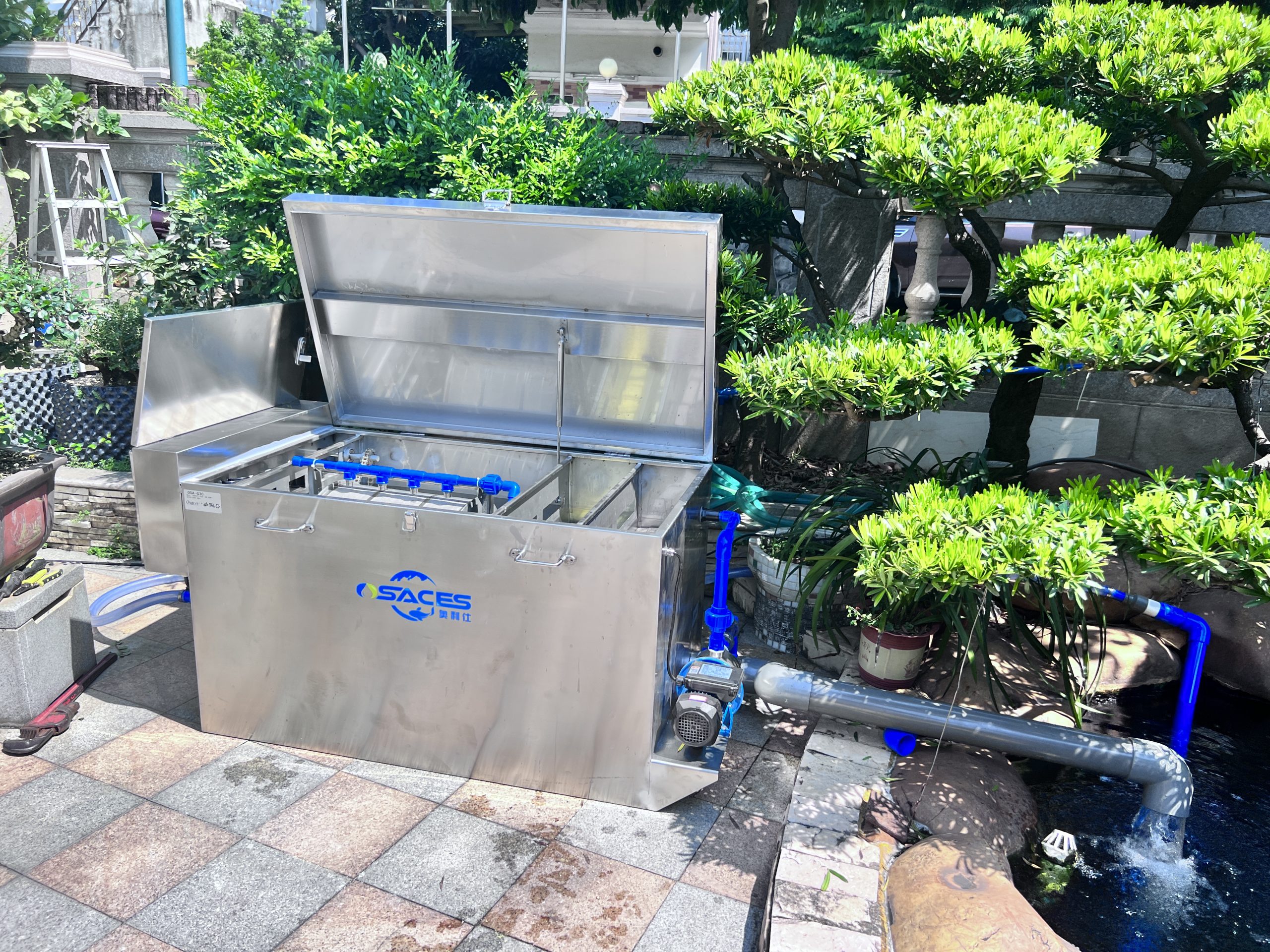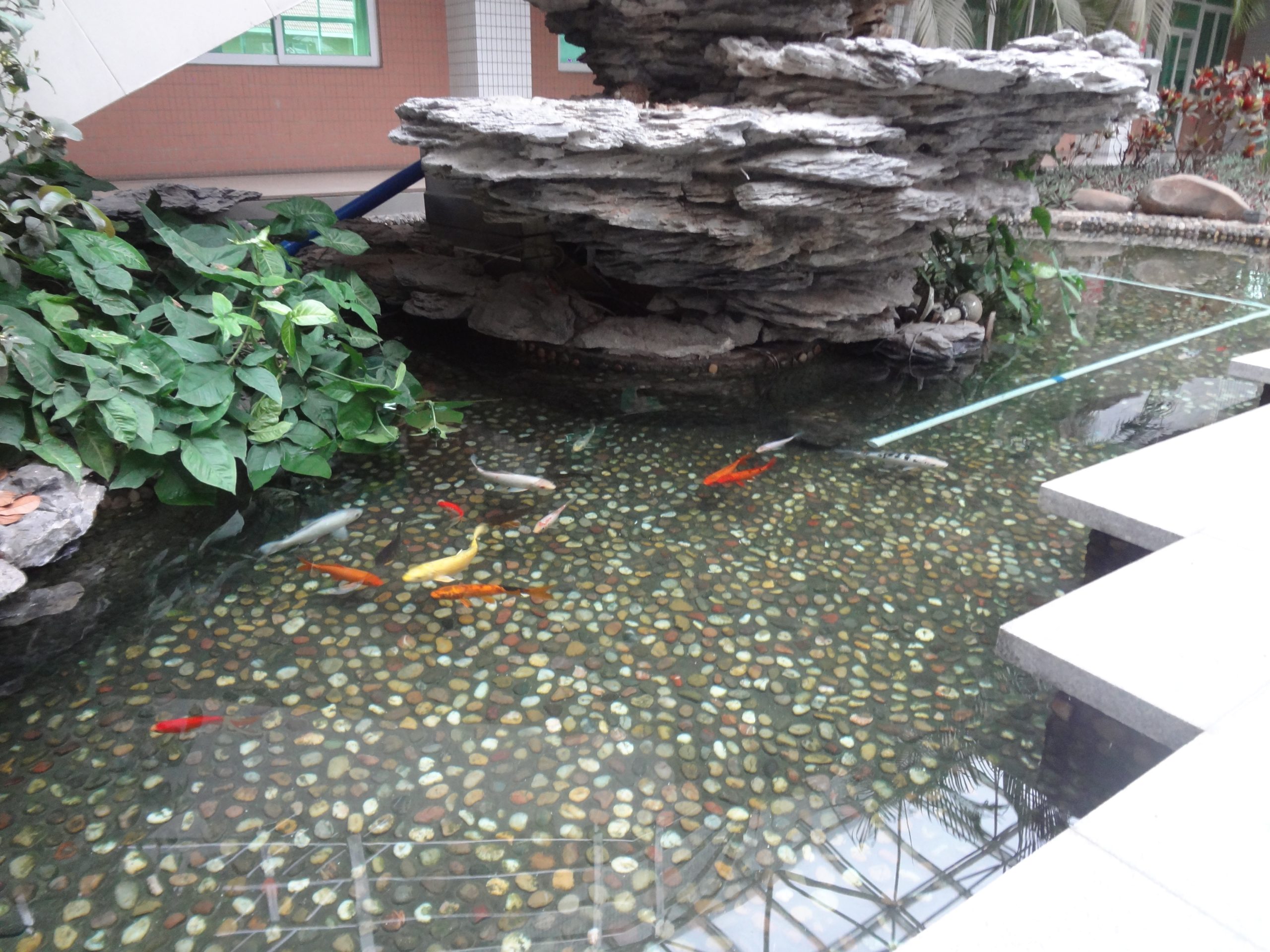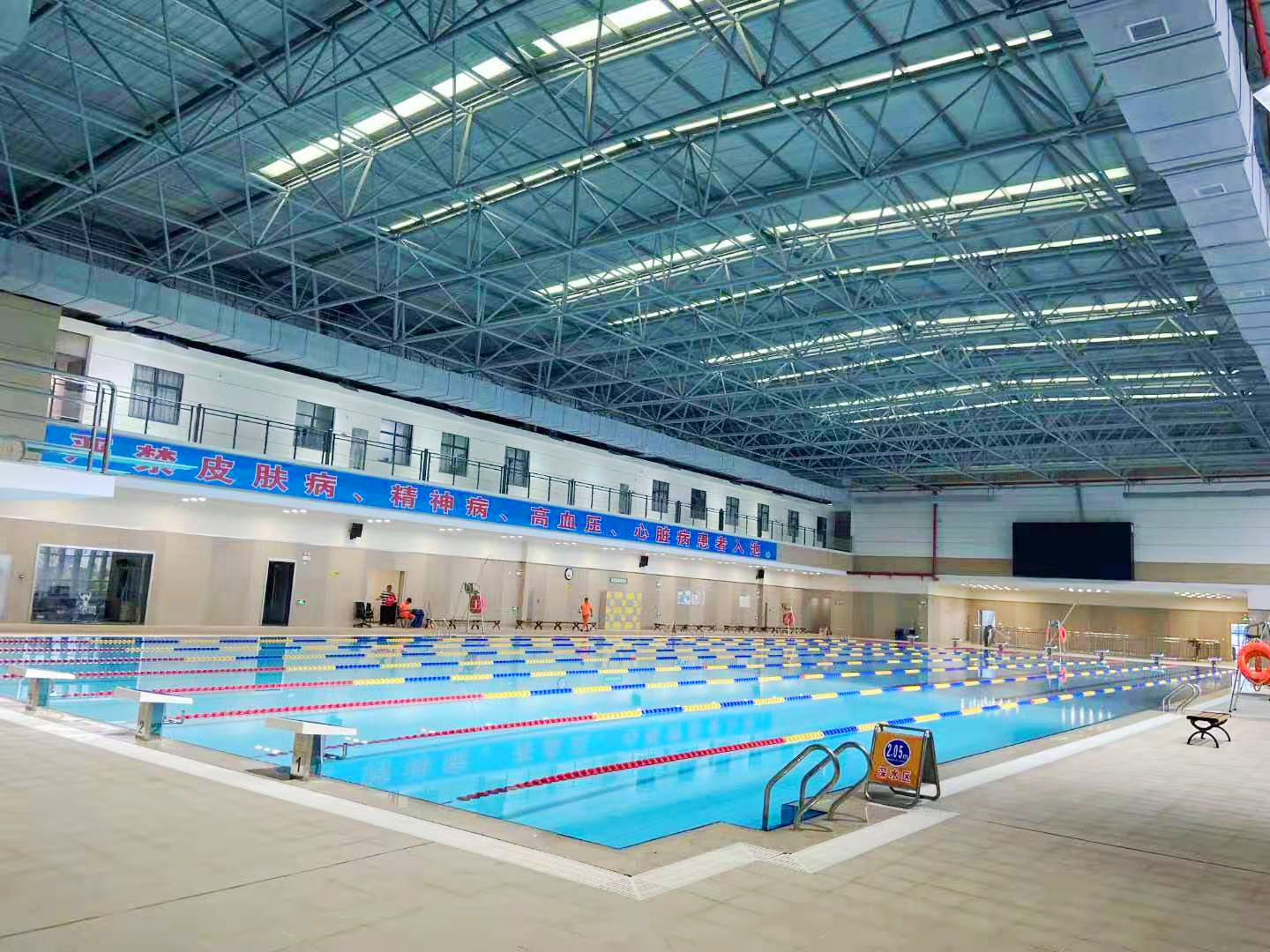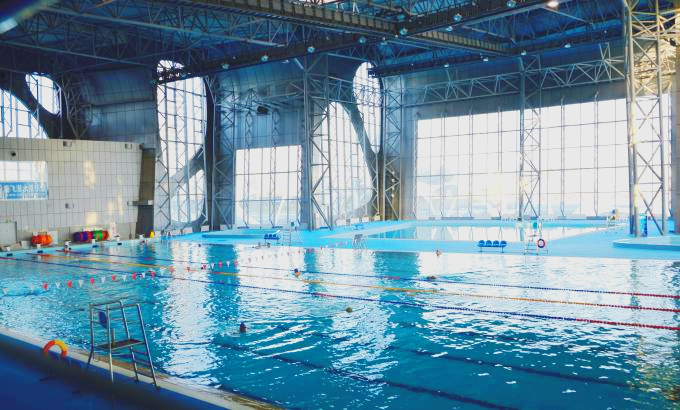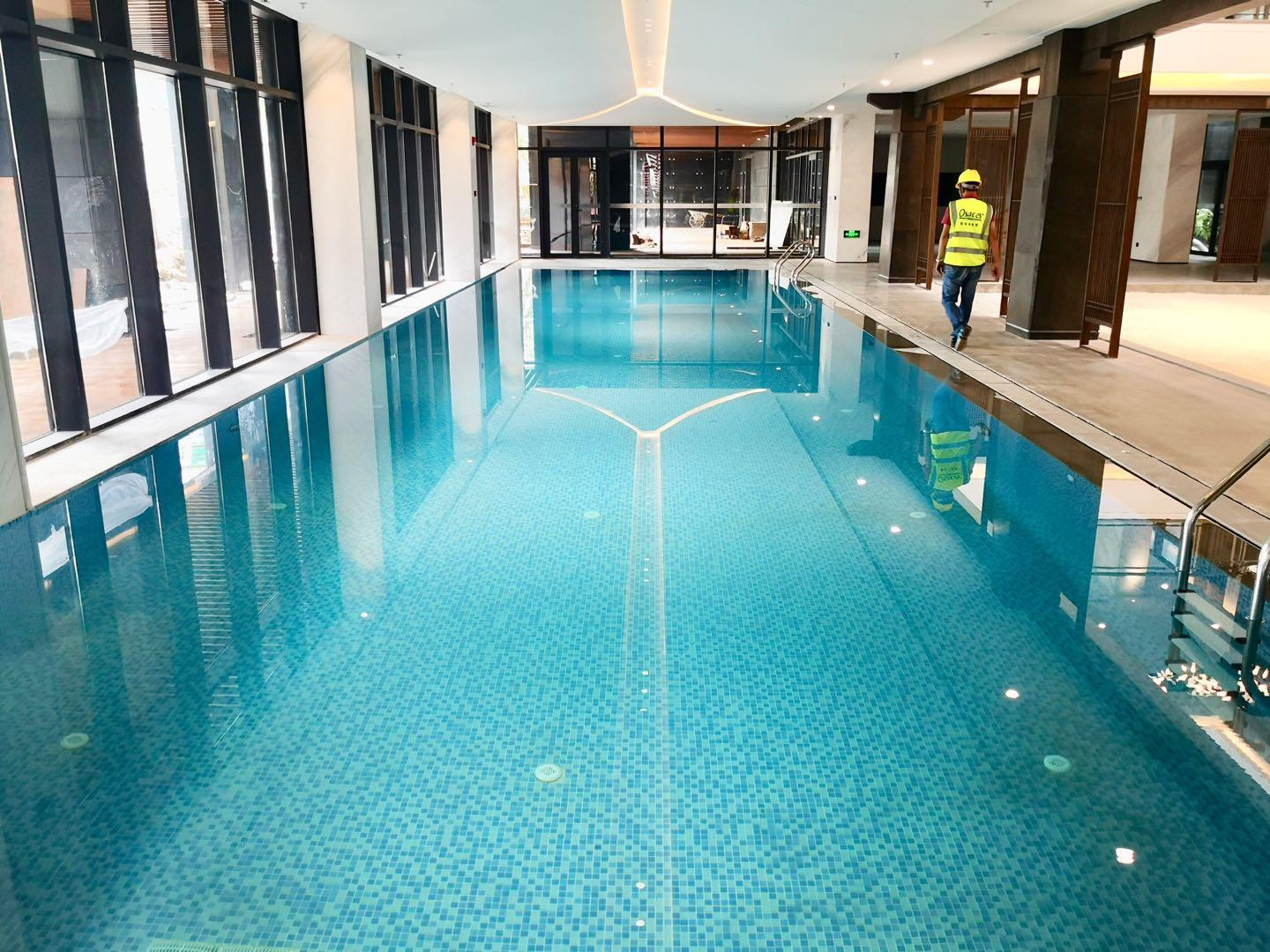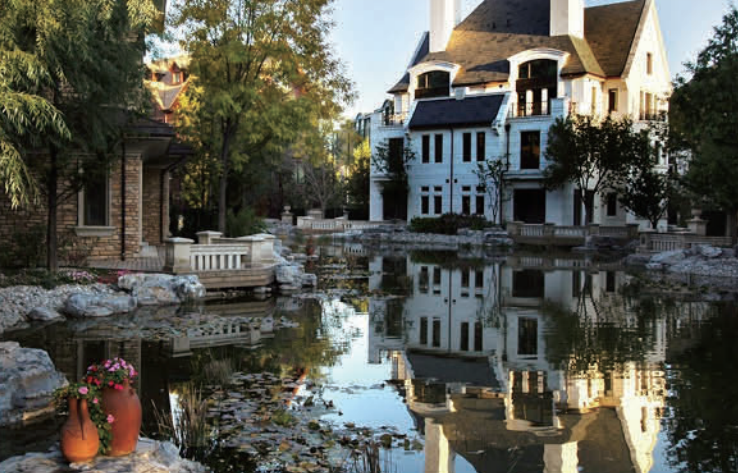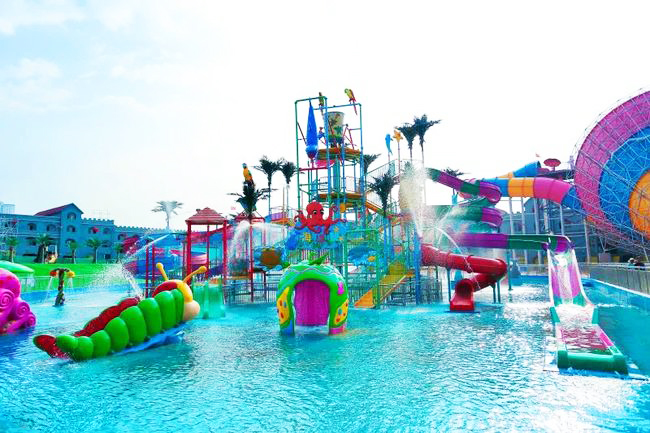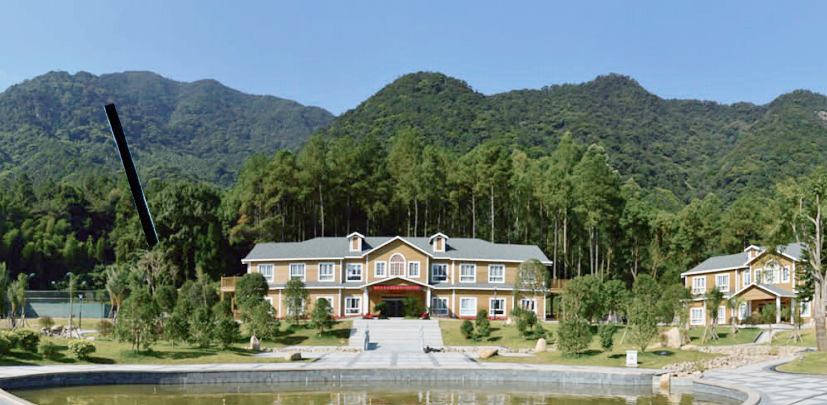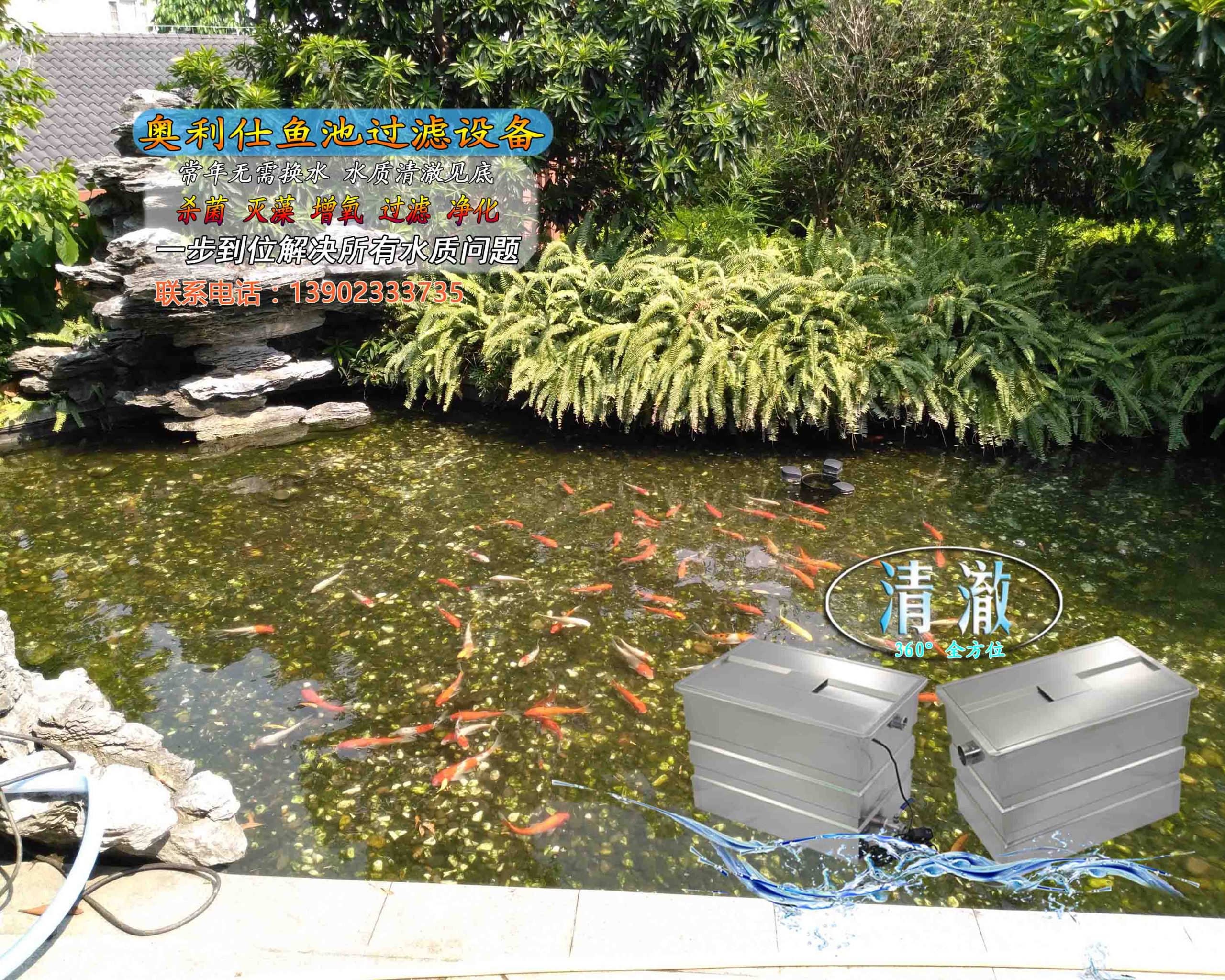News Center
contact details
 Ollies (Guangzhou) Recreation and Sports Equipment Co.
Ollies (Guangzhou) Recreation and Sports Equipment Co.Tel: (020) 82686289
Fax: 020-82694853
Headquarter: No.31-37, Xincun 2 Road, Shangjiang North Street, Dongzhou Village, Xintang Town, Zengcheng City, Guangzhou, Guangdong, China
With the cold coming, how do koi survive the winter?
With the arrival of a harsh winter, if koi are not managed properly in the winter, they can get sick and in severe cases, they can die. And there will be differences between pond keeping, tank keeping, indoor and outdoor.
Below: Koi do not require high water temperature and quality, and are adapted to a temperature range of2℃--30℃The appropriate temperature is20℃--25℃. But cannot resist sudden changes in water temperature. Koi can adapt to sudden changes in2℃--3℃If this temperature range is exceeded, the Koi will become unwell. Koi need plenty of oxygen and are suited to living in slightly alkaline, low hardness water. When the temperature drops to0℃When the koi is moved to an indoor pond in time, the water temperature in the room should be kept at2℃--10℃And must pay attention to heat preservation, appropriate feed or bait, to maintain the weight of the koi must not be winter and make the koi thin, and to do a good job of disease prevention and treatment.
The wintering period for koi is from11January to the following year3Month. The dissolved oxygen level of the water increases as the temperature drops, and the oxygen consumption of the fish decreases as the temperature drops, so it basically doesn't smother the tank when it's cold.0Degree fish will only consume a very small amount of oxygen and generally do not need to be oxygenated. Some people say that in winter, you should reduce the amount of feeding or not feed, so that the koi can consume body fat to survive the winter, while others say that the koi itself is a carp, which belongs to the cold-water fish, so it is not afraid of the cold. Also, in the winter, koi consume fat, so they become smaller in size. This is the general state of koi during low water temperature. However, there are some people who warm the water in winter to keep the water temperature constant, so that the koi can continue to grow and not be allowed to overwinter. As a result, there will be2Age-old koi carp that are more than50The size of koi has changed. This changes the growth pattern of koi, and with the improvement of the breeding environment and feed, and the giantization of the breeding stock, koi have grown to a size that was previously unimaginable. However, it is absolutely unnatural to keep growing for a whole year.
Changes in temperature are very important in terms of how fast fish feed.
exist10degree water temperature, fish food takes about19Hours. And in the25With water temperatures of just under1An hour is all it takes. In the10The time for complete digestion of the energy in the food at a water temperature of degrees Celsius is50Hours.
1, give easily digestible fish food at low water temperatures.
2, more protein and fat and less indigestible carbohydrates in the fish food.
3The water temperature is lower than13The total amount of food fed should not exceed the total weight of the fish at the time of the0.5%The
4Water temperature is low.10It's time to stop eating at degrees.
5In winter, it is recommended to stop eating when the temperature is low.1months, conducive to grooming and whitening, after all, we keep koi to look at, not to eat.
For how to winterize pool raised koi, pay attention to the following points:
1Make sure that the surface of the koi pond does not freeze over all the way.
2, if the surface of the fish pond is completely sealed, punch air holes in the ice.
3The water in the koi pond should be deep enough, with a depth above2mJust don't have much to worry about.
4, add warming sheds to the exterior of the fishponds, get some straw or something, and cover the top with a layer of plastic wrap, so at least part of the water doesn't freeze, I think. The colder winter months require extra care when buying and selecting fish. There are a lot of fish purchased by fish merchants in the winter that are diseased, as well as problems with temperature differences. So be careful when choosing fish in winter.
In addition to the above, a few brief comments on early spring management:
springtime(Western (Gregorian) calendar3-5moon)Temperatures are gradually rising,Generally in10-20Between degrees Celsius,The water temperature environment is more suitable for the growth and reproduction of various pathogens,notably4-5Months are the peak season for fish disease-"barley yellow"The fish fry are susceptible to water mold when they hatch in early spring. When the fry hatch in early spring, the eggs are susceptible to water mold; the fry mainly suffer from fish diseases such as rotifers, small meloidids, fingerlings, diphtheroids, fish lice, etc.; in spring, the adult fish are susceptible to microbial fish diseases such as viral hemorrhagic disease, enteritis, rotting gills, print disease, and chub iodine sporotrichosis. (In this case, the fish pond filtration system as well as germicidal lamps, etc. should ensure normal operation, which can reduce the water germs to a greater extent and make the koi less sick);
I wish you all the best of luck in getting your favorite carp through the long, hard winter!
Related content
- Homeostatic regulation of fish pond water quality: a systematic solution based on nitrification kinetics and nutrient thresholds
- Koi Pond Maintenance and Protection Guide during the Rainy Season | The Veteran Driver's Handbook of Dampness and Disease Prevention
- Pool water circulation system maintenance guide, goodbye to cloudy water quality to create four seasons of translucent "liquid sapphire".
- From zero to professional: a complete guide to pool equipment configuration that even a beginner can understand
- The Golden Ratio of Swimming Pool Ventilation and Dehumidification Systems: The Balancing Act of Airflow, Humidity and Energy Consumption
- Specific benefits of dehumidifiers for new swimming pools
- Industrial solutions for fish pond water quality management: How to break through the bottleneck of traditional operation and maintenance of filtration systems?

